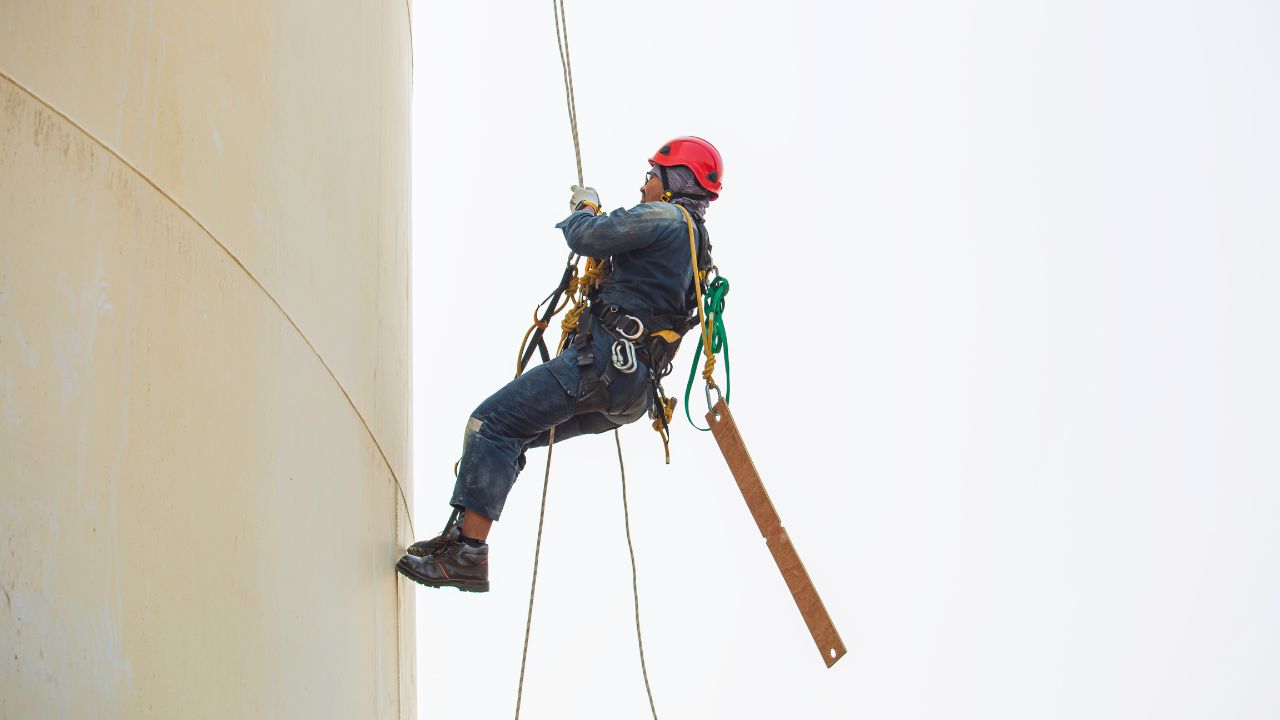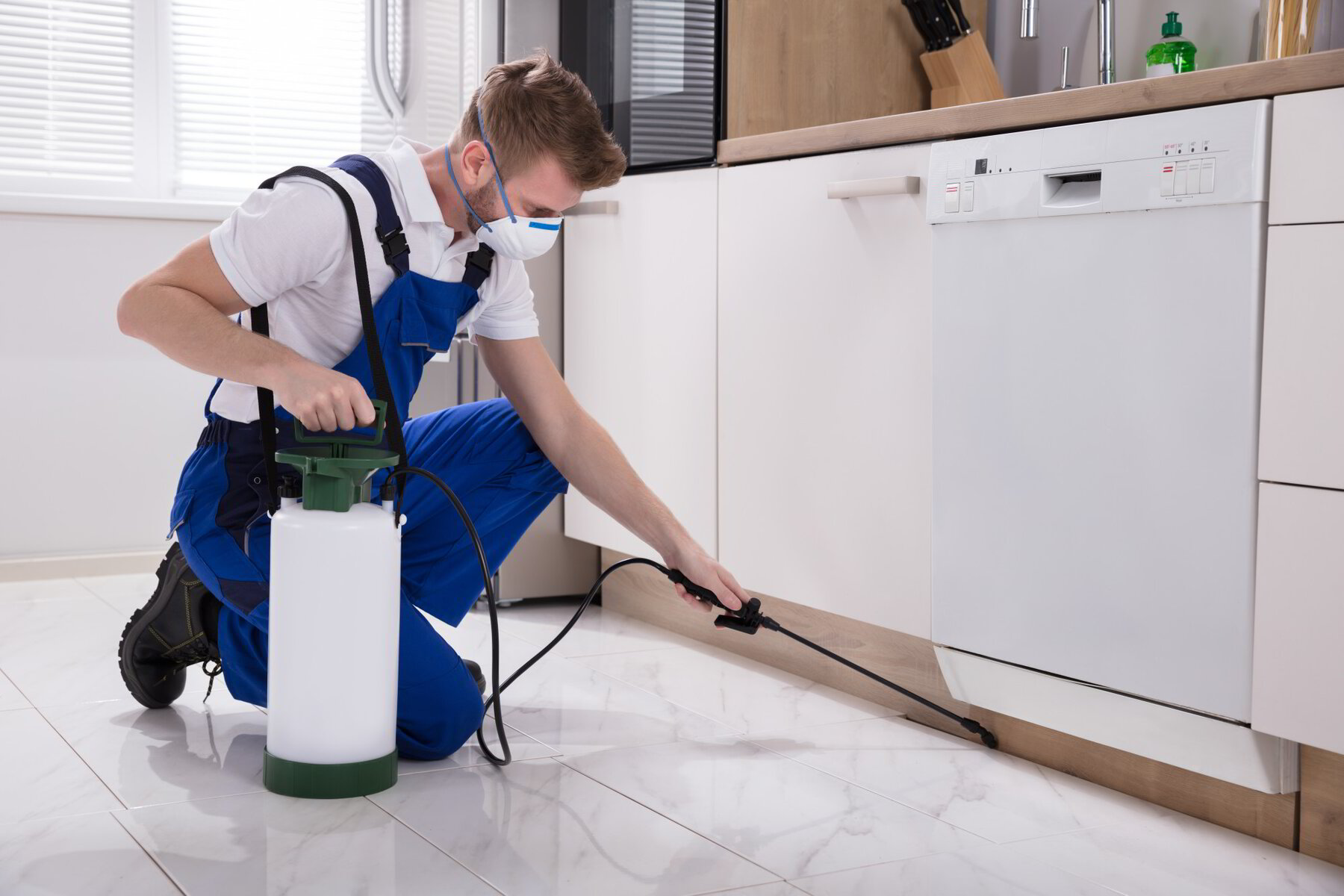Singapore, a modern metropolis known for its unique architecture and bustling city life, is also home to some of the most innovative urban design concepts. Among the unsung heroes of this urban transformation is rope works access, an essential solution for maintenance, construction, and other critical services in hard-to-reach places. As cities evolve, so does the need for cutting-edge access solutions, and rope works have proven to be one of the most efficient and versatile methods. In this article, we will explore the various applications of rope works access in Singapore’s urban landscape, focusing on its benefits, challenges, and how it is shaping the future of urban maintenance and construction.
What is Rope Works Access?
Rope works access, also known as rope access, refers to the use of ropes, harnesses, and other safety equipment to access difficult or hazardous locations, typically at height. It is an alternative to traditional scaffolding and elevating platforms, offering greater flexibility, speed, and cost-effectiveness. The system is primarily used by highly trained technicians who can safely perform various tasks such as cleaning, inspection, maintenance, and installation.
The Growing Demand for Rope Access in Singapore
In Singapore, where space is limited and the skyline is ever-expanding, rope works access has become a go-to solution for many industries. From high-rise buildings to bridges and other infrastructure, rope access allows workers to reach locations that would otherwise require complex and expensive scaffolding setups or machinery. The country’s tropical climate, with its frequent rain and high humidity, also makes rope access an attractive solution as it is less susceptible to weather-related delays.
1. High-Rise Building Maintenance
Singapore’s skyline is filled with impressive skyscrapers, making high-rise building maintenance a critical aspect of urban development. Rope works access provides an ideal solution for tasks like window cleaning, façade inspections, and structural repairs. Traditional scaffolding or cranes can be cumbersome and time-consuming in a city with limited space, but rope access allows workers to quickly and efficiently access various parts of the building.
2. Bridge Inspection and Maintenance
Singapore’s extensive network of bridges and elevated roads requires regular inspections and maintenance to ensure safety and longevity. Rope works access in Singapore has proven invaluable in reaching difficult-to-access parts of these structures. Whether it’s inspecting bridges over water or elevated highways, rope access technicians can perform tasks like cleaning, inspecting for corrosion, and applying coatings to protect these vital infrastructures from wear and tear.
3. Utility Line and Power Equipment Maintenance
With the increasing demand for utilities, maintaining overhead power lines and communication cables is critical. Rope access enables technicians to access power lines and communication towers without the need for large equipment like cranes or scaffolds. This makes maintenance tasks such as cable installation, line inspection, and repairs more efficient and cost-effective. The flexibility of rope works access allows for quicker response times, which is crucial for reducing downtime and maintaining consistent utility services.
4. Construction Projects
During construction, access to hard-to-reach areas, especially in multi-story buildings, can be challenging. Rope works access offers a flexible and practical solution for tasks such as painting, concrete restoration, façade installation, and other high-altitude work. Compared to traditional scaffolding, which requires setup time and space, rope access is more time-efficient and allows workers to access a variety of surfaces without obstructing other construction activities.
5. Cleaning and Maintenance of Solar Panels
As sustainability becomes a core value in Singapore’s urban development, solar energy systems are becoming increasingly common on rooftops and other high places. However, these panels require regular cleaning and maintenance to function at optimal efficiency. Rope access provides an efficient means for workers to safely clean and inspect solar panels, ensuring they continue to generate renewable energy for the building or complex.
6. Aesthetic and Structural Renovations
In Singapore, preserving the aesthetic and structural integrity of buildings is a priority. Rope access is commonly used for renovation projects, including façade repairs, painting, and cleaning, without the need to block walkways or roads. This method is not only cost-effective but also minimizes disruption in busy urban areas.
Key Advantages of Rope Works Access in Urban Settings
7. Safety
One of the most significant benefits of rope works access is the emphasis on safety. Technicians are trained to use safety harnesses, ropes, and other safety devices to ensure they are protected while working at height. This reduces the likelihood of accidents and makes it a reliable method for various high-risk tasks in urban environments.
8. Cost Efficiency
Traditional access methods such as scaffolding and cranes can be expensive, especially for short-term tasks. In contrast, rope works access requires fewer resources and manpower, making it a more cost-effective solution for building maintenance, inspection, and construction. By reducing setup time and space requirements, businesses and contractors can save money and time while ensuring the job is completed safely and efficiently.
9. Flexibility and Speed
Rope access is highly flexible and allows workers to quickly adapt to various tasks. Whether it’s cleaning windows or conducting structural inspections, rope access can be set up and taken down quickly without the need for bulky equipment. This speed and flexibility make it an ideal choice for Singapore’s fast-paced, space-constrained urban environment.
10. Minimal Disruption to Surroundings
Another key advantage of rope works access is that it causes minimal disruption to the surroundings. Unlike cranes or scaffolding, which may block roads or pedestrian walkways, rope access technicians can carry out their tasks without obstructing traffic or daily activities. This is particularly important in a busy urban center like Singapore, where maintaining flow and minimizing disruptions is essential.
Challenges of Rope Works Access
11. Weather Dependency
While rope access is generally efficient, it is subject to weather conditions. Strong winds, heavy rain, or lightning can make it unsafe to work at height, especially in a tropical climate like Singapore’s. Weather-related delays can affect project timelines, making it essential for businesses to plan accordingly and factor in potential disruptions.
12. Skilled Workforce
Rope access requires a highly skilled and certified workforce, making training and certification a necessity. In Singapore, the demand for qualified rope access technicians is growing, but finding professionals with the right skills can sometimes be a challenge. Investing in training and certification programs is vital for ensuring a safe and effective rope access workforce.
Future Trends in Rope Works Access in Singapore
As urban development in Singapore continues, so will the need for efficient access solutions. The use of rope works access is expected to expand into other areas of urban life, including more complex infrastructure projects, sustainable building designs, and even high-altitude drone inspections. As technology evolves, rope access equipment is likely to become more advanced, offering even greater safety, efficiency, and versatility in urban maintenance and construction.
13. Integration with Smart Technology
In the future, rope works access could integrate with smart technologies to enhance efficiency. For example, drones equipped with cameras could be used to assess the condition of a building’s exterior before technicians arrive on-site. This could allow for better planning and faster completion of maintenance tasks, minimizing the time and resources spent on-site.
14. Expansion into Specialized Areas
Rope access is also expected to expand into more specialized areas such as environmental monitoring, heritage building restoration, and even offshore oil rig inspections. As the demand for specialized services grows, rope access will likely continue to prove its worth as a flexible and reliable solution for urban challenges.
Conclusion
Rope works access in Singapore is a game-changer in the urban landscape, offering cost-effective, safe, and efficient solutions for high-rise maintenance, construction, and infrastructure management. As the city continues to grow and evolve, the applications of rope access will undoubtedly become more diverse and essential. Whether it’s cleaning a skyscraper’s windows or maintaining a bridge, rope works access provides a reliable method for reaching the places that need attention the most. By embracing this innovative solution, Singapore is setting a precedent for other cities to follow in the pursuit of smarter, more sustainable urban development.
Also Read
- ► Axis Bluechip Fund: Secure Your Investment with Quality Stocks
- ► Winter Windshield Repairs in Calgary: Tips to Protect Your Vehicle
- ► Maximizing Comfort with the Ideal Super Single Bed Size
- ► Protect London || Protect LDN Official Website || Shop Now
- ► Empyre || Empyre Jeans & Pants || Official Clothing Shop
- ► Indian Visa Application Process
- ► Why Pet Grooming in Mumbai is Essential
- ► Egypt Visa for San Marino Citizens Made Easy
- ► Secure Your Egypt Visa as a Romanian or Russian Citizen
- ► Egypt Visa for Puerto Rican and Qatari Citizens
- ► Guide to Egypt Visa for Polish and Portuguese Citizens
- ► The Egypt Visa for Paraguayan and Peruvian Travelers
- ► Secure Your Egypt Visa as a Norwegian or Omani Citizen
- ► Essential Guide to Egypt Visa For DUTCH CITIZENS
- ► A Guide to Egypt Visa for Monegasque Citizens





